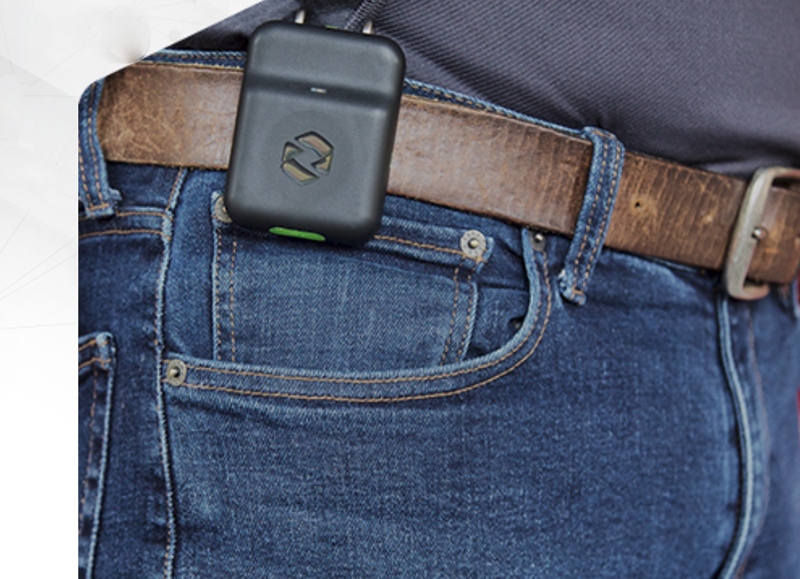It can be very difficult to keep track of things and people on busy jobsites. While utilizing GPS driven telematics systems could be helpful, it requires systems.
Triax Technologies, a Norwalk, CT-based firm that develops and delivers IoT technology for the construction industry, offers two wearable devices Spot-r Clip and Spot-r EquipTag to ensure workers’ safety and tracking solutions without the need for satellite-dependent GPS.
Related Majority of Manufacturing Facilities Will Adopt Wearable Technology in 5 Years
The Spot-r Clip wearable sensor IDs workers and provides immediate alert to the supervisor if an unauthorized or untrained person tries to operate a machine.
The Spot-r EquipTag adheres to any piece of equipment and automatically gathers and sends activity data to users so that they can use the information to optimize schedules, coordinate rentals, improve safety and compliance, and schedule delivery or service vehicles.
The machine tag combined with the company’s Spot-r Clip wearable sensor and Spot-r network provides complete, real-time information on where the equipment and people are, what they’re doing and the safety parameters.

So, how effective are these wearable devices?
Finding new ways to manage risks and keep workers safe is a top priority for insurance firm Travelers Companies Inc., said Rick Keegan, the company’s President of Construction.
Travelers Companies has partnered up with Gilbane, of the country’s largest contractors, and Triax Technologies to study the potential safety benefits of Spot-r devices, reports QR Code Press.
The collaboration project involves collecting data from Triax’s Spot-r IoT wearable devices. This includes devices that will be used at a New York City construction site over 20 months, according to a Travelers press release. The Spot-r Clip will be used by more than 130 employees assigned to the job at the 60,000-squre-foot, six-floor Gilbane site.
Related Construction Safety: Wearables Could Monitor Stress, Risk and Physical Demands
“Safety is one of the key statistics the construction industry measures, yet there hasn’t been an easy way to quantify safety behaviors on-site, until now,” stated Pete Schermerhorn, President and Chief Executive Officer at Triax Technologies, in the PR.
“With real-time data and notifications, and visibility into what is actually happening on the site, wearable technology has the potential to transform safety and risk management practices in one of the most dangerous professions.”












